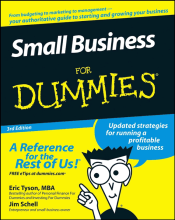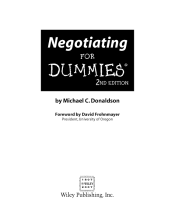Decisions - Choosing expressive products
6 important questions on Decisions - Choosing expressive products
What is the difference between functional and expressive products.
Functional products serve primarily utilitarian needs (functional/performance needs).
Expressive products serve primarily social-psychological needs/motives.
What is IPM (information processing mode)
The way we assess functional products by assessing their performance features; we process the information and use the judgment models.
In this mode, the consumer is thought to acquire information about brand attributes, to form evaluative criteria, to judge the levels of these attributes in various brands and to combine these attribute-levels for overall brand evaluation.
What is ACM (affective choice mode)
The way we assess expressive products. In this mode, affect or liking for the brand is based on judgments that have three properties: holistic, self-implicative and nonverbalizable.
- Holistic: individual attributes matter less than the overall style, appearance and total impression.
- Self-implicative: the product is judged in relation to oneself (how will I look in this dress)
- Nonverbalizable: it is based on nonverbal cues (picture, appearance) and vicarious emotional experience.
- Higher grades + faster learning
- Never study anything twice
- 100% sure, 100% understanding
What are the implications for marketers when distinguishing a separate category of expressive products?
- For expressive products, you would not seek much feature information, but this would not mean that you don't care and that you are executing a routine problem solving strategy.
- Do not burden the consumer with a lot of attribute information, instead portray the product in its entirety (holistic) and create social/psychological symbolism via nonverbal communication and via association with positive role models or attractive personae.
Can you state that IPM is not used at all for expressive products?
No, both ACM and IPM are used. IPM is used initially to eliminate some choices using the noncompensatory models (e.g. too expensive). But when the final selection is present, the ACM process is likely to be the one that determines the consumer's choice.
Three steps in the purchase process
- Choice identification: consumers identifies the most preferred alternative, based on the evaluation process.
- Purchase intent: determination that consumer should buy that product/service.
- Purchase implementation: arranging the transaction, transfer ownership.
The question on the page originate from the summary of the following study material:
- A unique study and practice tool
- Never study anything twice again
- Get the grades you hope for
- 100% sure, 100% understanding































